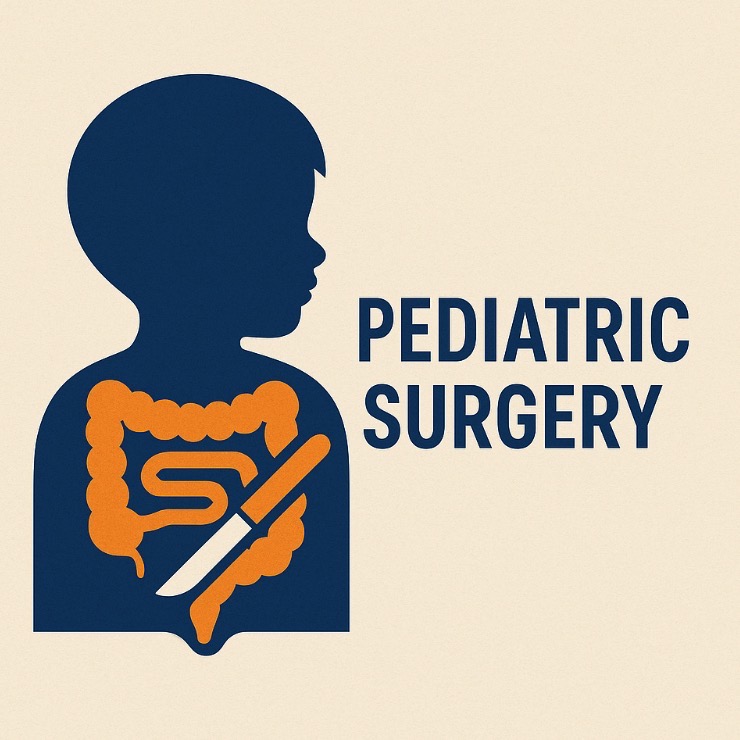Follow-up study of three cases of congenital microgastria

All claims expressed in this article are solely those of the authors and do not necessarily represent those of their affiliated organizations, or those of the publisher, the editors and the reviewers. Any product that may be evaluated in this article or claim that may be made by its manufacturer is not guaranteed or endorsed by the publisher.
Authors
Current knowledge on congenital microgastria is limited due to its extreme rarity, and the paucity of nutritional and quality of life follow-ups. Patients affected by congenital microgastria cases followed at out center were screened, and general and nutritional status were evaluated at follow-up visits through validated questionnaires. Three cases were included: one patient died because of a complex syndromic picture where microgastria was imperatively approached conservatively. The remaining cases underwent Hunt-Lawrence at 2 and 17 months. After 2 years and 27 years postoperatively, both patients are on full oral intake. The 28-yearold patient did not reach a BMI higher than 18. She rated her quality of life as unimpacted, with a Gastrointestinal Quality of Life Index of 111. In the other case, parents reported about their 2-yearold child an Infant Gastrointestinal Symptom Questionnaire of 13, corresponding to “no distress”. Our findings confirm the literature trend supporting the role of early surgery in microgastria to improve outcomes. We presented the nutritional status and quality of life in two cases of congenital microgastria operated according to Hunt-Lawrence at a 2-year and 27-year distance, which is the longest follow-up reported to date.
How to Cite

This work is licensed under a Creative Commons Attribution-NonCommercial 4.0 International License.
PAGEPress has chosen to apply the Creative Commons Attribution NonCommercial 4.0 International License (CC BY-NC 4.0) to all manuscripts to be published.







